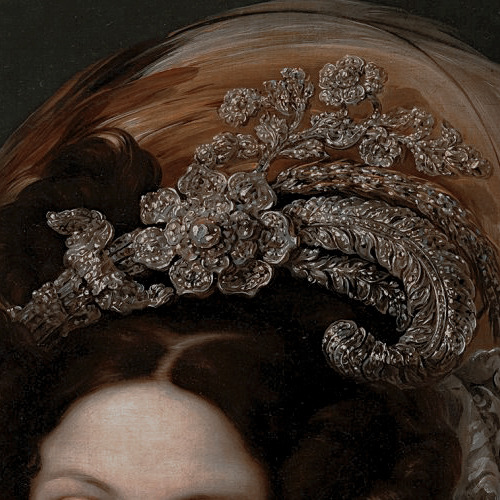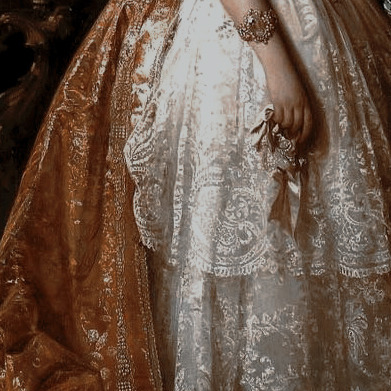Text

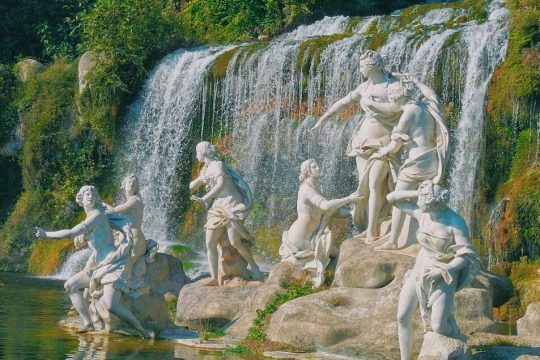
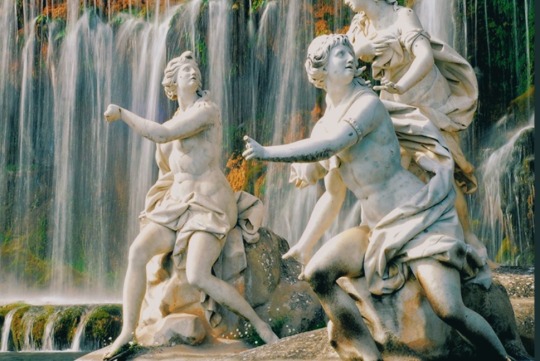
Fountain of the goddess Diana (Artemis), Royal Palace of Caserta: Reggia di Caserta, Italy.
23K notes
·
View notes
Photo



Pier Francesco Mazzucchelli / il Morazzone (Italian; Morazzone, Lombardy 1573 - Piacenza 1626), Decollazione del Battista (The Beheading of Saint John the Baptist), c.1620, oil on canvas, 82,8 x 112,4 cm. Musei di Strada Nuova, Genova
87 notes
·
View notes
Photo

Hyacinth Changed Into A Flower (1769) - Nicolas Rene Jollain
3K notes
·
View notes
Photo
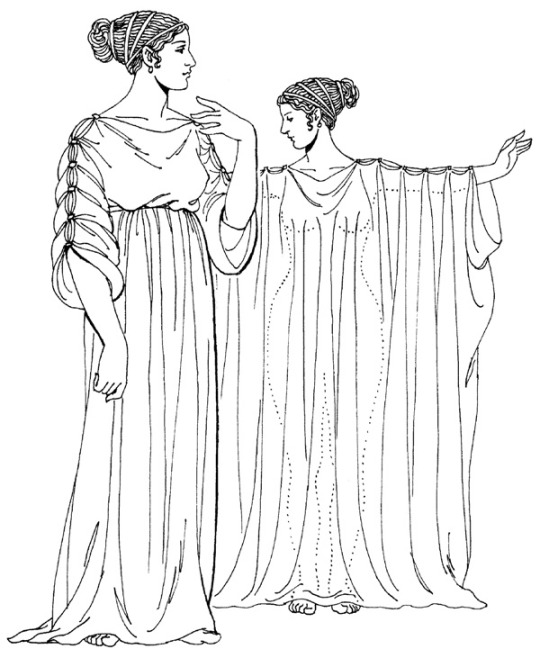
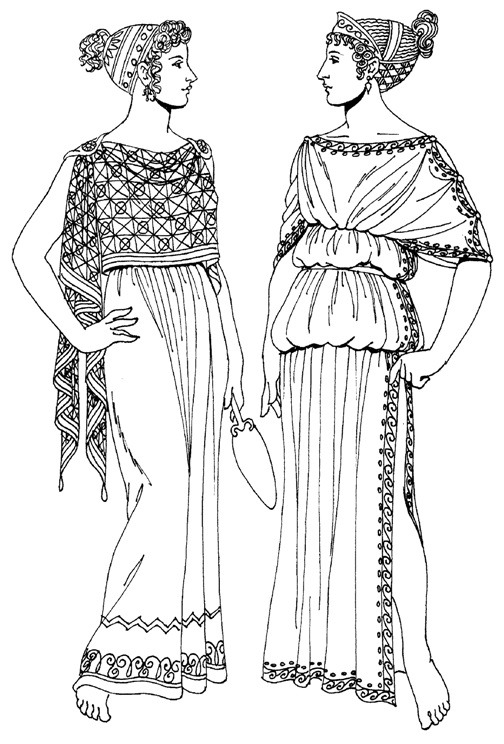





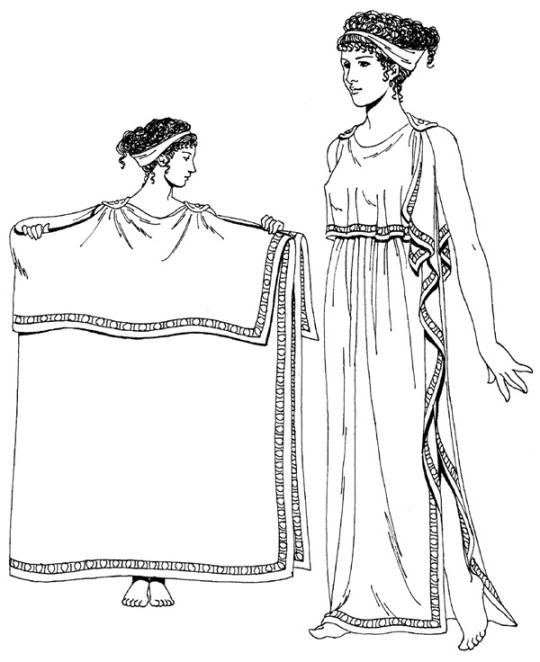


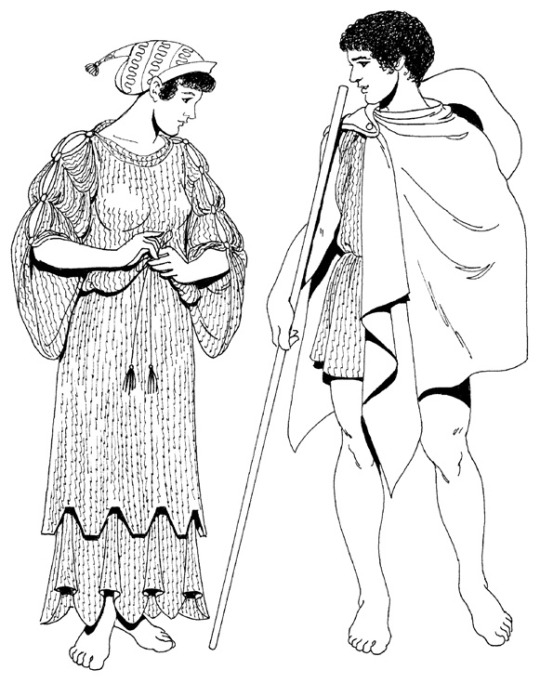
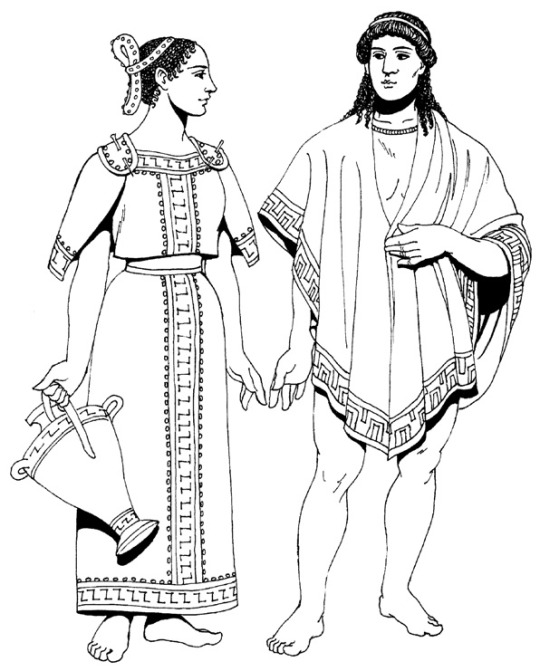
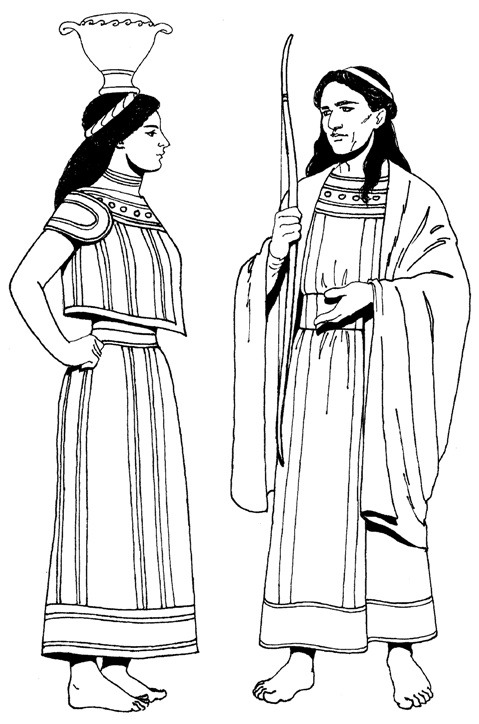
Ancient Greek fashions
1-3. chiton 4. feast guest and dancer 5-6. himatius 7. mantle 8. peplos 9. warriors 11. woman in Phrygian cap, traveler
31K notes
·
View notes
Photo









Temple of Domitian (Temple of the Flavian Sebastoi)
Ephesus, Turkey
1st century CE
The south part of Ephesus contains a temple dedicated to the cult of emperor Domitian. The temple defines the south side of the so-called ‘Domitian Square’ and is situated south of the Public Agora, the city’s political and administrative center. The Domitian Way courses along its east side, flanked by commercial buildings.
The sanctuary was built on a terrace of an innovative construction, featuring large vaulted structures, and arranged on a large flat area measuring 50 x 100 m., surrounded by stoae; it included a temple and an altar. The temple rested on a tall crepidoma with six steps and it was orientated to the East, towards the city’s Public Agora. It is estimated that it measured 24 x 34 m. This was a pseudoperipteral temple with 8 columns at its narrow sides and 13 columns on its long sides. It featured a prostylepronaos with 4 columns and a cella. In terms of architectural design it is similar to the Temple of Rome and Augustus at Ankara, although the temple at Ephesus was much smaller in scale. It is worth noting that the type of the pseudoperipteral temple, developed in accordance to the principles and works of the famous Hellenistic architect Hermogenes, was a popular temple design during the Imperial Period in Greece and Asia Minor; the Temple of Domitian at Ephesus represents a characteristic example of this trend.
The altar stood at the east section of the sanctuary, on the same axis as the temple. This Pi-shaped structure rested on a tall bathron. The bathron supported a courtyard at the centre of which stood the offering table/altar, which was surrounded by a colonnade. One accessed the altar’s courtyard through a stairway on the side that opened to the temple. Reliefs depicting sacrificial scenes and representations of weapons taken from vanquished enemies decorated the external surfaces of the bathron. In terms of its architectural form the altar was modeled after the splendid Altar at Pergamum.
With the victory of Christianity, it was stripped down to its foundations and has almost completely disappeared today.
433 notes
·
View notes
Photo

Donato Creti (1671 – 1749), Male Nude, c. 1710-20
699 notes
·
View notes
Photo

The Raft of the Medusa, 1819, Theodore Gericault
Medium: oil,canvas
341 notes
·
View notes
Text
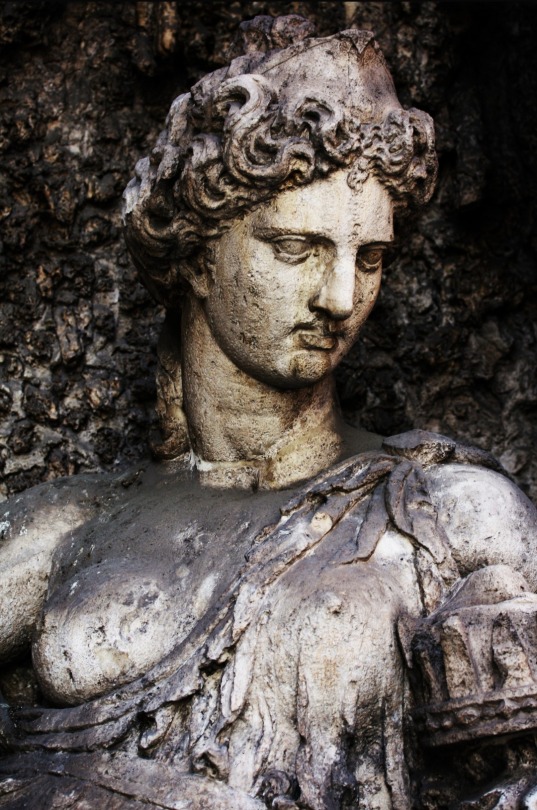
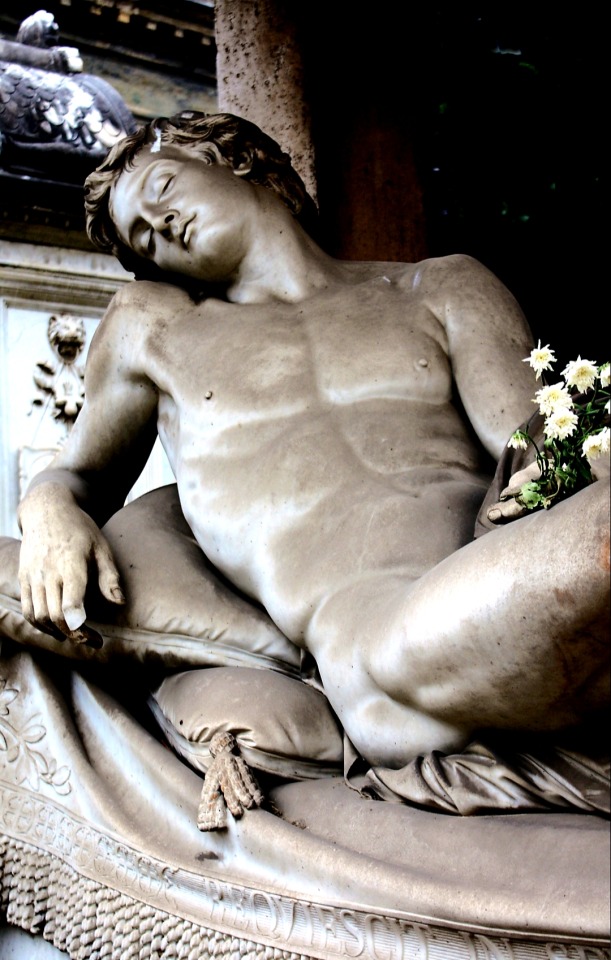


"Omnes viae Romam ducunt. / All roads lead to Rome."
285 notes
·
View notes
Text

The Rape of Polyxena
It was sculpted in 1868 by Italian sculptor who worked chiefly in the Romantic style, Pio Fedi.
- Loggia dei Lanzi, Florence.
490 notes
·
View notes
Text

Bracelet
Gold, Glass beads.
Egypt. Hellenistic – Roman period (332 B.C. – 395 A.D.).
National Archaeological Museum of Athens
301 notes
·
View notes
Photo


the parthenon - Παρθενώνας
(06/15/18) - ig: @celinereitzin
8K notes
·
View notes
Photo

The Martyrdom of Saint Sebastian, 1616, Guido Reni
Medium: oil,canvas
863 notes
·
View notes
Photo

A Reading from Homer (detail) - Lawrence Alma-Tadema
3K notes
·
View notes
Photo

The Winged Victory of Samothrace (the Nike of Samothrace)
38K notes
·
View notes
Text







Cancelleria Reliefs
The Cancelleria Reliefs are a set of two incomplete bas-reliefs, believed to have been commissioned by the Roman Emperor Domitian (81 AD – 96 AD). The reliefs originally depicted events from the life and reign of Domitian, but were partially recarved following the accession of emperor Nerva.
The scene depicted on Frieze A seems to counter such accusations by presenting Domitian as a reluctant general, spurred on by the Gods Mars, Minerva and Roma, who are pictured on the far left, to defend his home country. Other characters who appear in this scene are the Genii, or guardian spirits, of the Roman Senate and the people of Rome, and a number of soldiers.
(Rome, Vatican Museums, Gregorian Profane Museum.)
35 notes
·
View notes
Text
When the Nazis invaded Athens, Greece in April 1941, one of the first thing they did as they inspected the city was to visit the National Archaeological Museum. They were surprised to find vast and entirely empty rooms. When they asked the few remaining archaeologists where the ancient artifacts were, the archaeologists answered: “Inside the earth - as always”.
Six months earlier, it became known that Germany was considering to invade Greece. That is when Greeks decided upon a colossal project of hiding as many ancient ruins and artifacts, in an attempt to save them from the Nazis and protect them from potential air raids.

Digging inside the museum to bury the artifacts underground.
The statues and other artifacts were buried in basements, which then were filled with sand and covered with cement.

Burying the Kouros of Sounion.
This did not only happen to the National Archaeological Museum. Almost the entirety of Greece participated in this project, including Delphi, Olympia, Thessaloniki, Sparta and the Greek islands as well. Many volunteers joined in but the most demanding and technical aspects of the job were exclusively handled by Archaeologists and Academics.The most prominent figures of the project were Christos and Semni Karouzos, Giannis Miliadis and Antonis Keramopoulos. Two foreign archaeologists had am important role in this as well, a British and - interistingly- a German.
The chosen spots were usually the basements under the museums, about which it is suspected the Nazis found out. Some artifacts were hidden in caves of Acropolis and Philopappos, some artifacts of Delphi were hidden in the Macedonian Tomb, which was then sealed with concrete, and the golden ones where hidden in the basements of the vault of the Bank of Greece.

The Germans found out about the “plot” of the Greeks. However, because Hitler was fascinated by the Ancient Greek Culture, they did not want to give the impression they didn’t acknowledge its importance by attempting to seek the artifacts and risk their destruction. In fact, it is said that many of them were more impressed than angry at the Greeks for carrying through with this plan.
Sources in Greek: 1 and 2
4K notes
·
View notes

